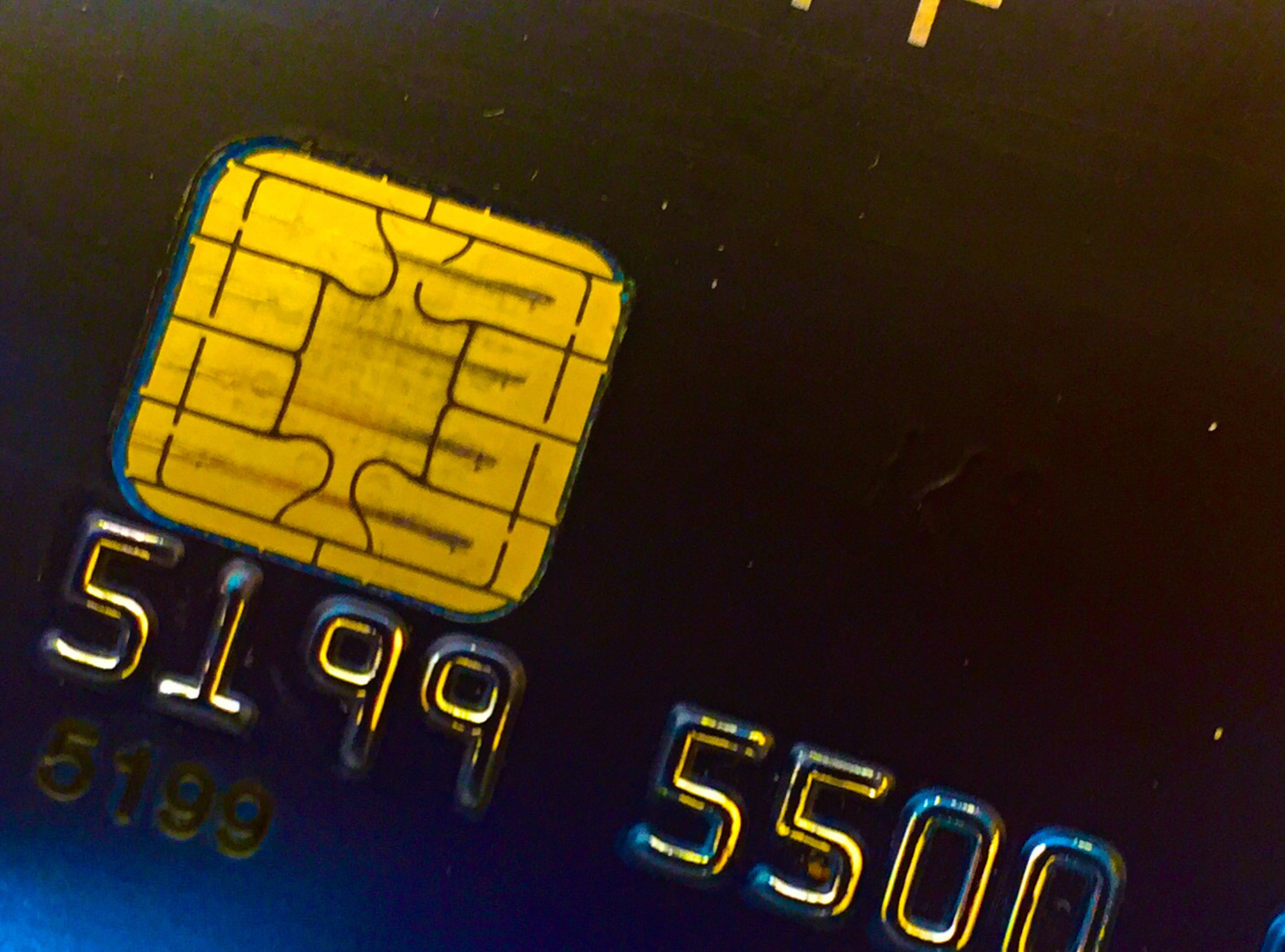
Terminals are also now available that connect to the internet via a network connection. The original terminals used a normal phone line to dial out for authorisations, and these ‘dial-up’ terminals are still available and applicable in many low-volume situations. Some terminals may be linked to, or even integrated into, the store’s POS system (the ‘till’) and share some of the POS’s features, such as the printer. These are the sorts of machines you’ll be used to using when you pay in a supermarket or high street store. More modern devices may also feature a touchscreen. They usually take the form of a countertop machine featuring a small screen, keypad, somewhere to swipe a card and a place to insert the card often at the bottom below the keypad, and often have a built-in printer. Chip and PIN card terminalsĬhip and PIN terminals are the original card machines. All new installations have to be able to support contactless transactions. Meaning that, if a transaction is under £30, the customer can simply tap their card on the screen of the terminal to complete the payment, without the need for entering a PIN. Since the arrival of contactless payments in 2007, and their subsequent rise in popularity, many establishments have updated their chip and PIN terminals to incorporate contactless payment capabilities. The PIN prevents people other than the card owner from making payments with a credit or debit card.Ī chip and PIN payment is only processed when the customer inserts their credit or debit card into the terminal and enters their unique 4-digit PIN.
CHIP AND PIN TERMINALS CODE
PIN stands for Personal Identification Number and is the unique 4-digit code customers key in on a card machine to authorise a sale. It is highly secure and also holds data that allows the chip itself to be verified by the terminal and the card issuer during a transaction. This chip contains data that is read by the card terminal to take payment from the customer’s bank account. The ‘chip’ in ‘chip and PIN’ refers to the small rectangular microchip embedded in credit and debit cards. The chip and PIN system was introduced in 2004 and can process transactions from both credit and debit cards. While both types of terminal can process chip and PIN transactions, their capabilities can vary.

To help you with your decisions, we’ve broken down the differences between traditional chip and PIN card terminals and newer mobile app-based card readers.

The differences between traditional chip and PIN card terminals and newer mobile app-based card readers For any business or charity, making the decision to incorporate card transactions into your accepted payment methods is an important step in scaling your operation.Īs many people now no longer carry large amounts of cash, accepting card transactions can open you up to a wider customer base.īut, with so many options available on the market, which card payment solution is best for your business or charity?


 0 kommentar(er)
0 kommentar(er)
